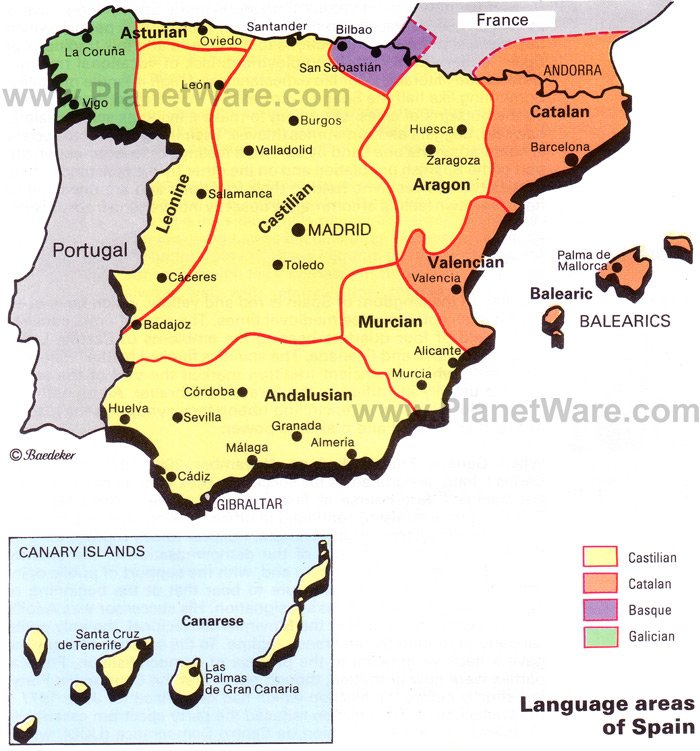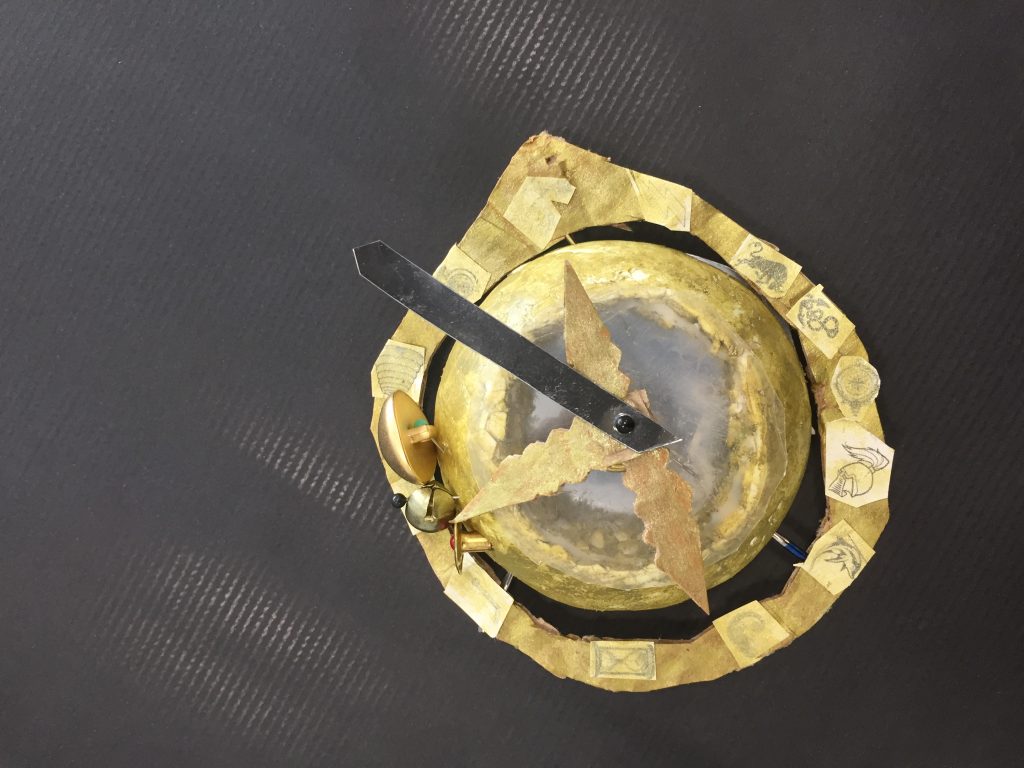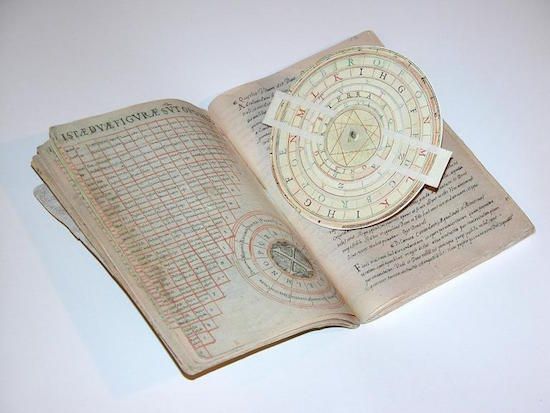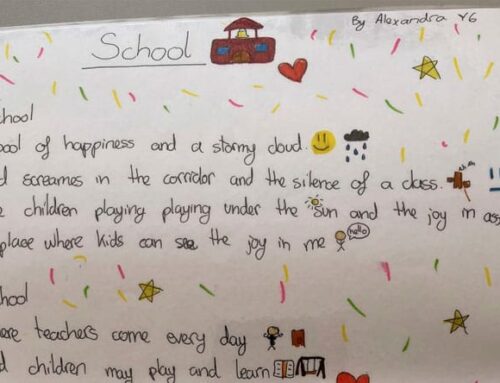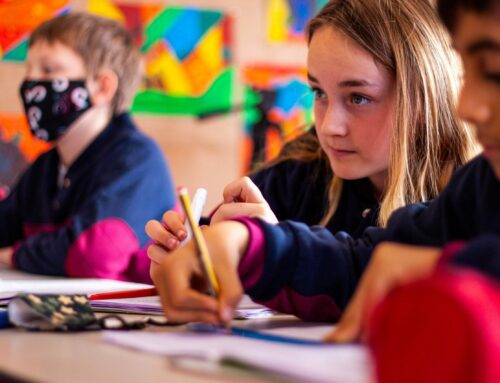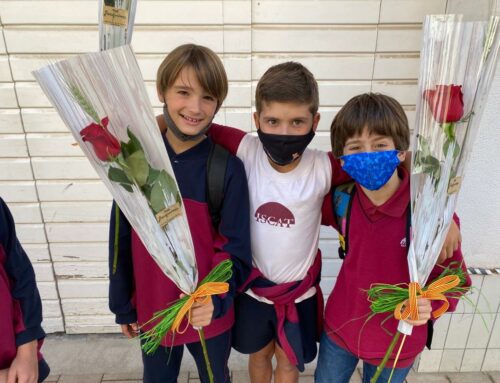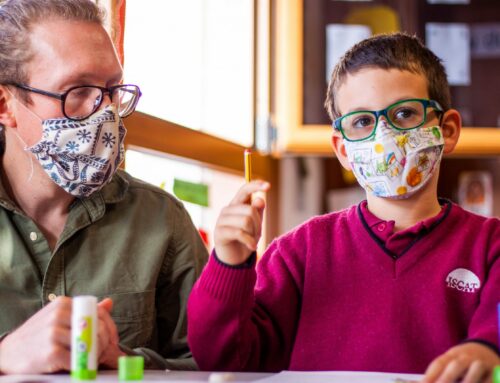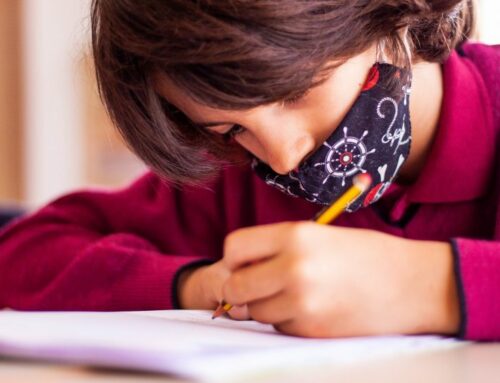This week we have focused on the theme CURES, and explored ways in which this can be reflected in our various different subjects. It’s given us a springboard to examine diverse optimistic topics, and provided a perfect way to begin the half-term break.
Art
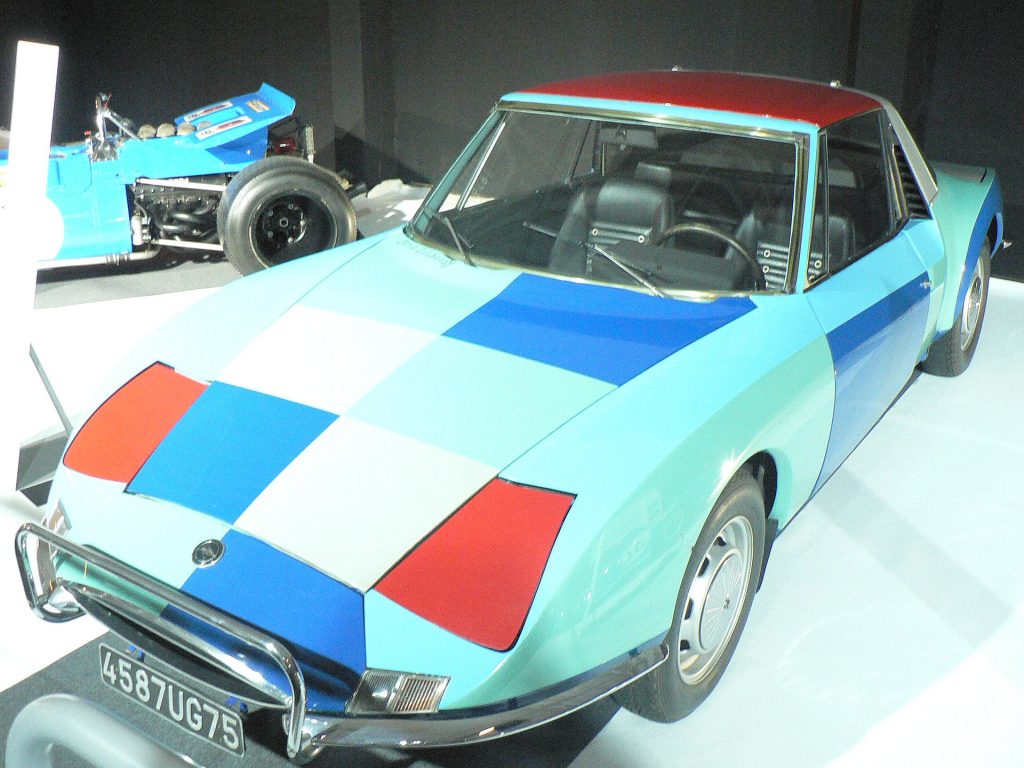
Sonia Delaunay invented a unique way of applying geometric designs to objects which was very influential during the Modern period. An example of this is shown in the image.
Design Technology
The first pop-up card was invented in around 1280 by Ramon Llul, as a mystical device called the Ars Magna that would cure spiritual doubts. We have been studying practical applications of these technologies by studying paper mechanics and creating moving designs.
Computer Science
This week we looked at the work of Alan Turing, the founder of Computer Science. He was a british inventor and mathematician who created the Enigma machine, which cracked the code the Nazi’s were using during World War 2. In this way he helped solve the problem that was on everyone’s minds.

Maths
Year 7 and 8
This week year 7/8 worked on handling data, which included drawing and interpreting bar and tally charts, frequency tables and pie charts, some of which even good enough to eat! The reason why we record data on different tables, graphs and charts is to see and access the data more clearly. It is also used to predict future data, just like science researchers would be doing to find the cure for Covid-19.
Year 9
This week year 9 focused on algebra, finding the nth term of a sequence, simplifying expressions and solving equations! Algebra focuses on an unknown quantity and can take some time to solve just like scientists working on cures with an unknown virus.
Science
Year 7 and 8
This week year 7,8 learned that all organisms are made up of cells and a cluster of cells is called tissue and from tissue we get organs, which are needed to make the body function.
Which cells work as a natural cure to disease? That’s right, it´s white blood cells!
Through our many discoveries we used a microscope of magnification x100 to see inside an onion, animal and plant cell!!!
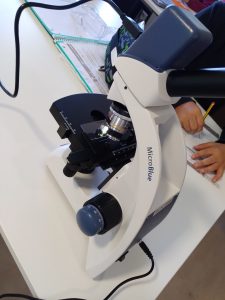
The microscope we used. 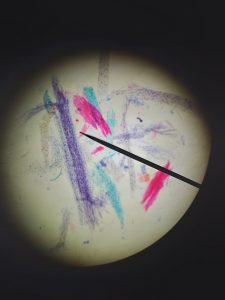
Inside the plant cell.
Year 9
This week in year 9 they learned about where genetic information is stored, how many chromosomes in each nucleus and what each of them contain. They embodied their inner Watson and Crick and made their very own double helix structure of DNA!!
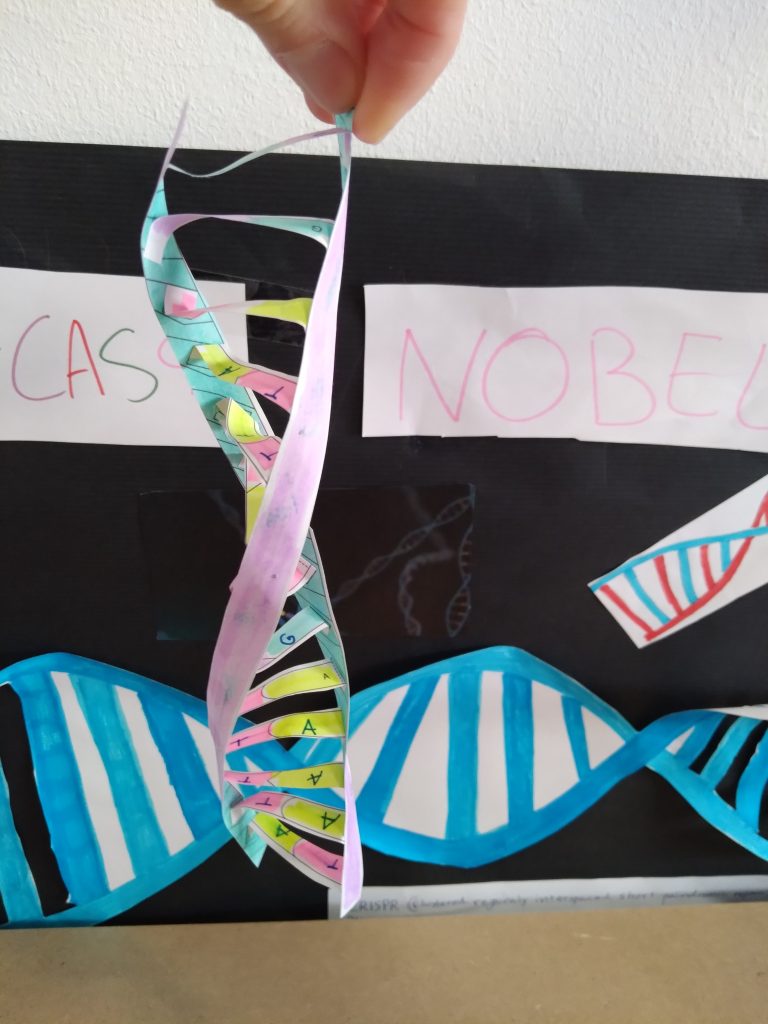
Year 10
This week year 10 learned about the different ways in which energy can be transferred. By the law of conservation of energy, energy cannot be destroyed nor created only transferred from one form to another; therefore, it begs the question, where does our energy go when we are fighting a disease and don’t have a cure? Did you ever hear of cold sweats when you are sick? That explains how some of our energy may be wasted on thermal (heat energy).
They dove deeper into the ways thermal energy can be transferred, discovering the process of conduction, convection and radiation. We completed an experiment in class which represented the process of convection using potassium manganate crystal, water and heat, as shown below.
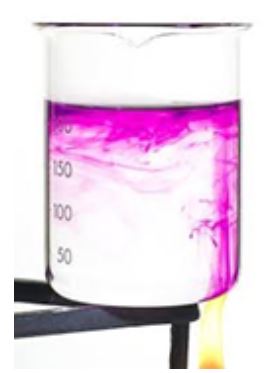
History
This week students learnt about the cholera epidemics in the 19th century that killed thousands of people. At that time the medical community could not find a cure as they believed in miasma theory and did not understand that it was a waterborne disease. John Snow was one of the few people to make the link between water and cholera through his research that centred around Broad Street where he found that people who collected water from a pump there had died from the disease. Unfortunately his evidence was not taken seriously until the Germ Theory was developed by Pasteur in 1861.
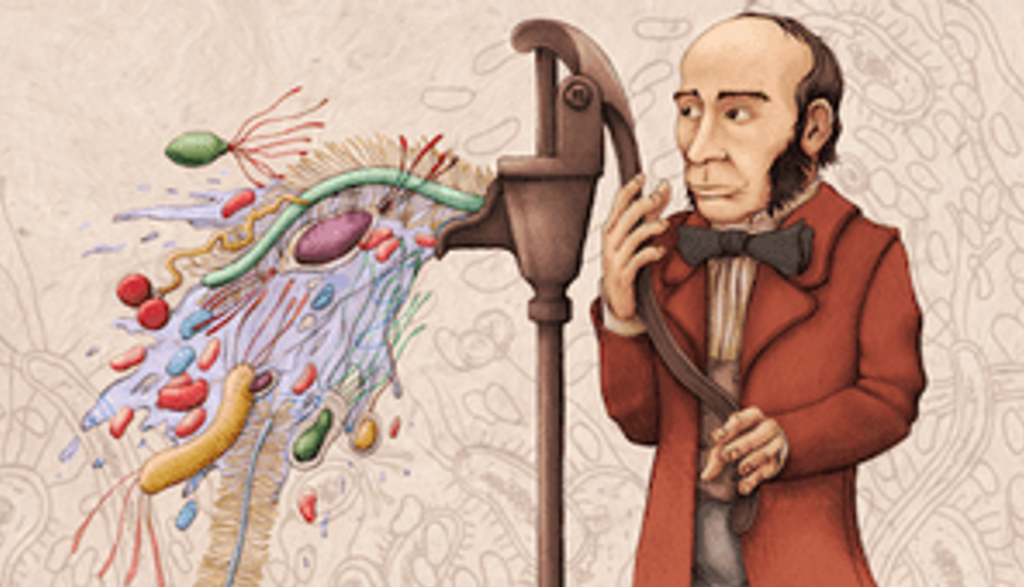
English
Tithonus was so in love with Eos that he asked for eternal life, which she granted. Unfortunately she did not give him eternal youth and Tithonus suffered the horrendous fate of living eternally while seeing his own body decay: take back thy gift! He still screams to Eos. But gods cannot take back their gifts. And Eos still cries dew drop tears every morning for her terrible mistake. Eos had a cure against death, but no one can slow the Hours….
Year 9 read and learned Tennyson’s haunting poem and concluded, just like Tithonus did, that there comes a time when death is simply a release.
Creative Book Project
This week students in years 7 and 8 presented their book project, sharing their creations inspired by the novel they read this half term. Each student showed sound knowledge and engagement with the books and thought deeply about their creative task. From silver trainers to poetry, the students demonstrated great presentation skills and thoughtful reflections.
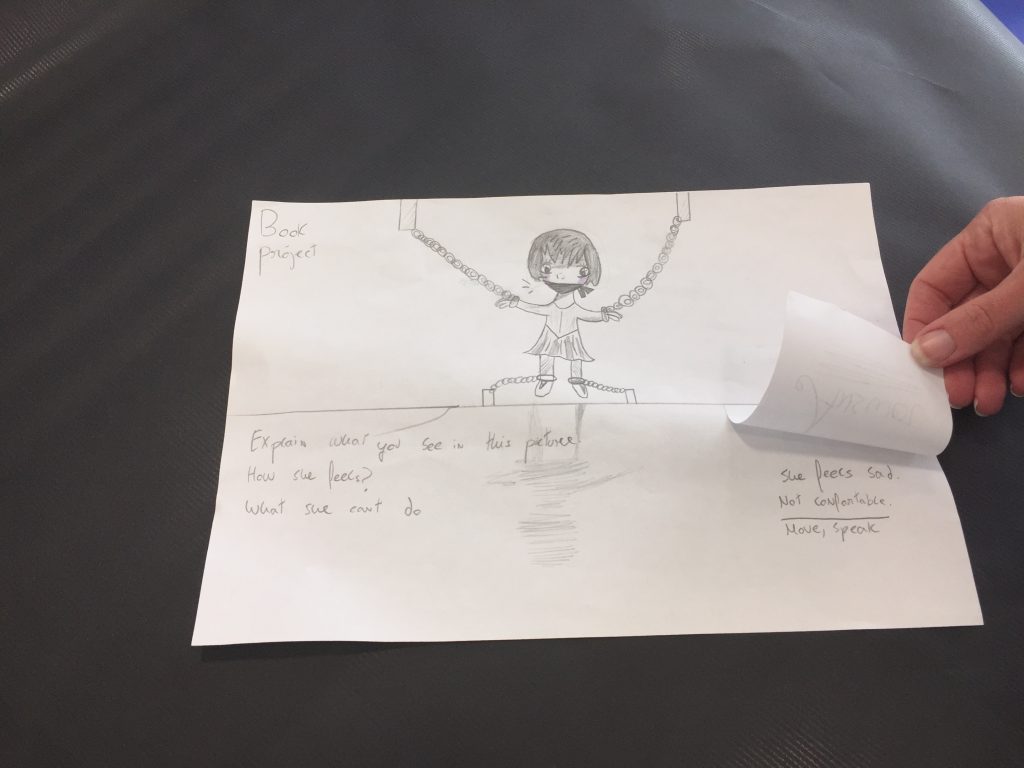
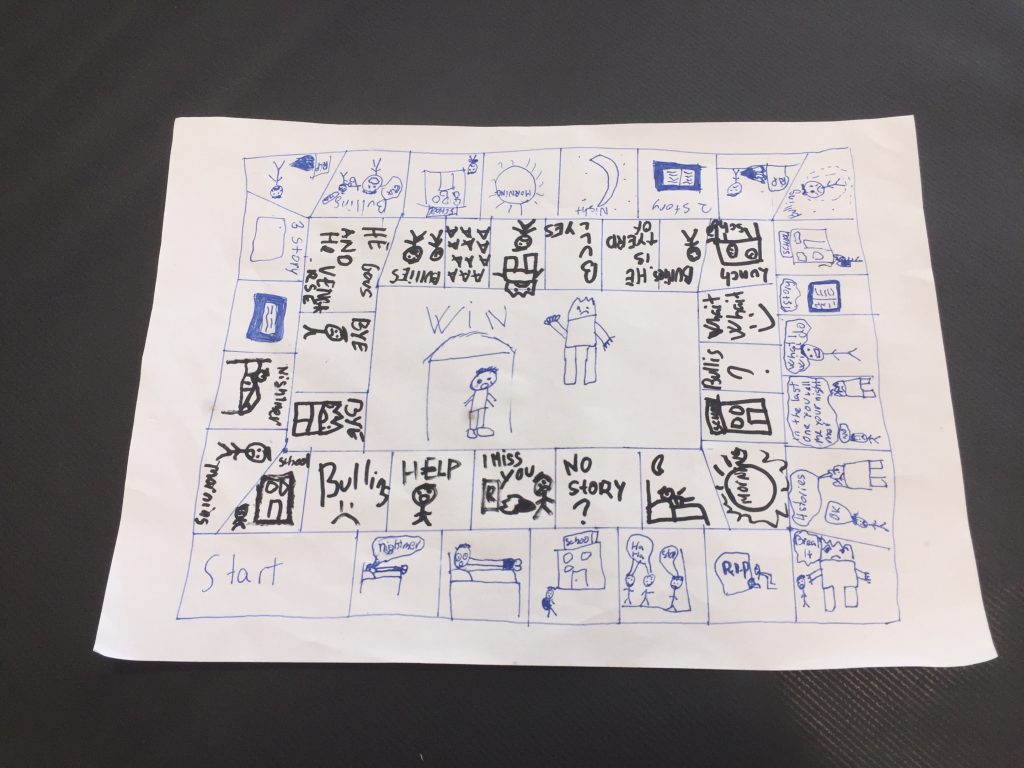
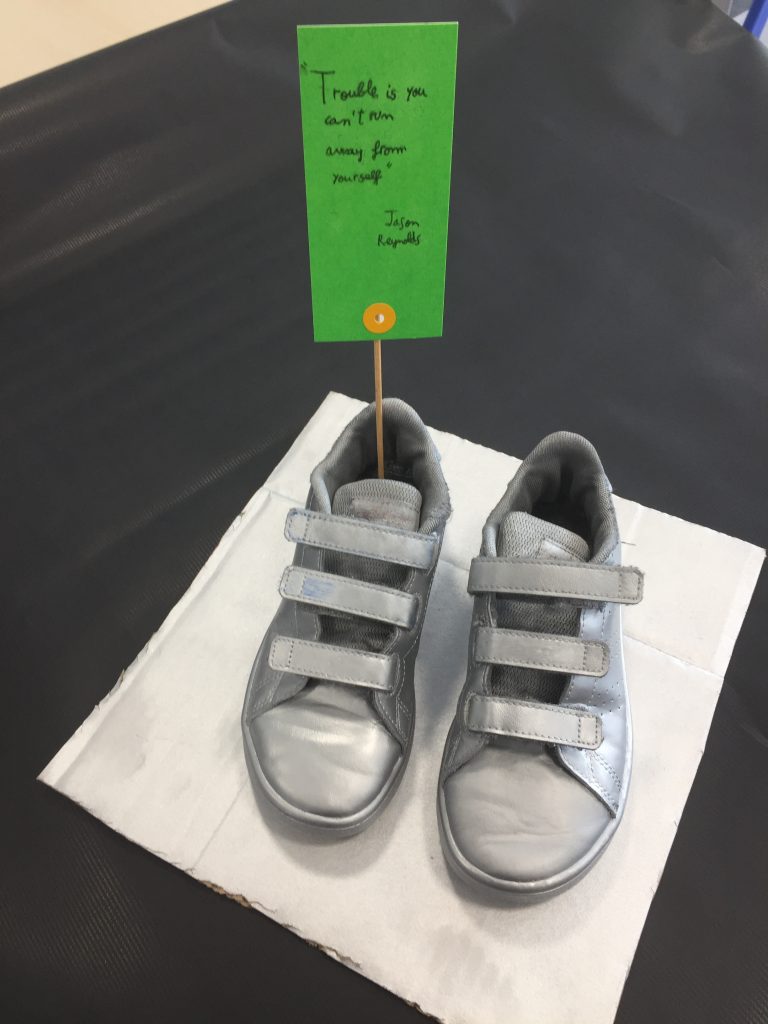
Spanish and Catalan
This week we have been working with the concepts of co-official languages that exist in the Spanish Country as a multilingual state. We verify with percentages how after Franco dictatorship the legitimate languages of different communities such as Catalan, Basque and Galician regained their presence in public life, in the media, and in public and private institutions.
We end by reflecting on the importance of protecting linguistic wealth as a way of contributing to the maintenance and development of the cultural traditions of the continent.
